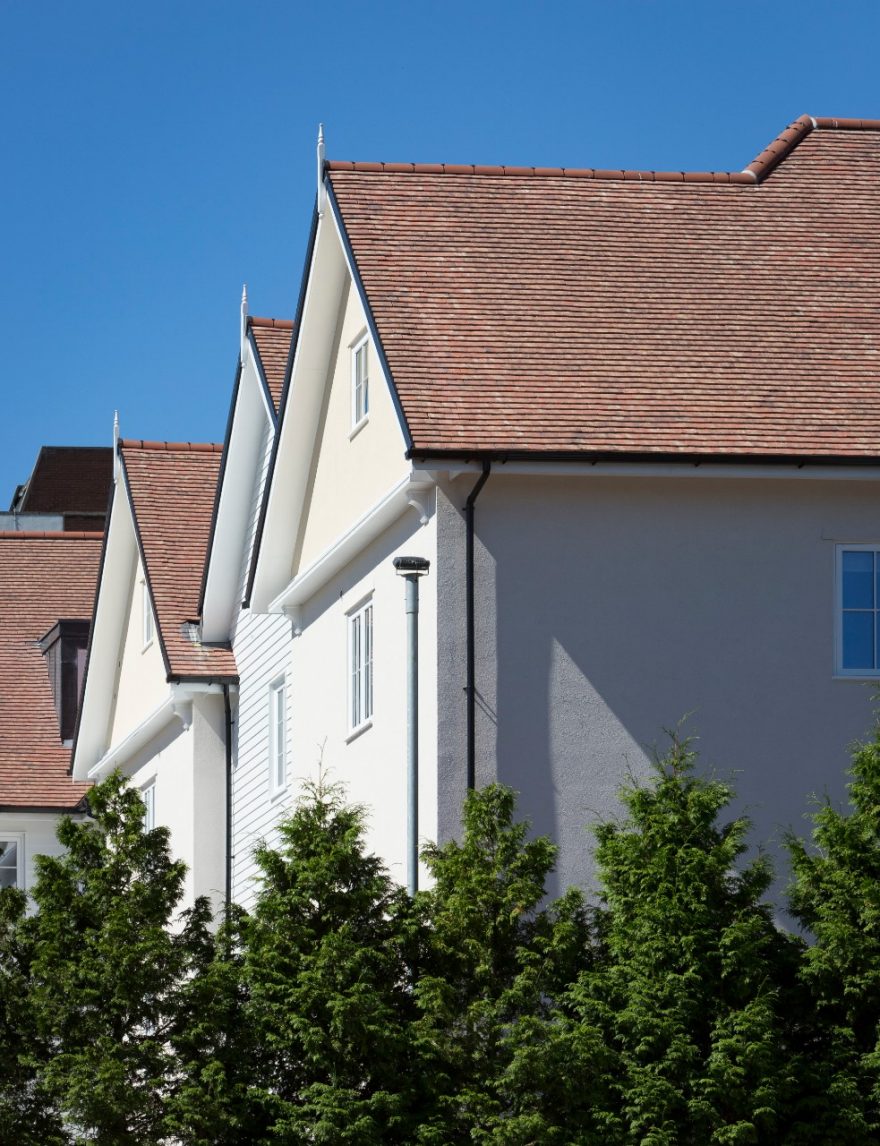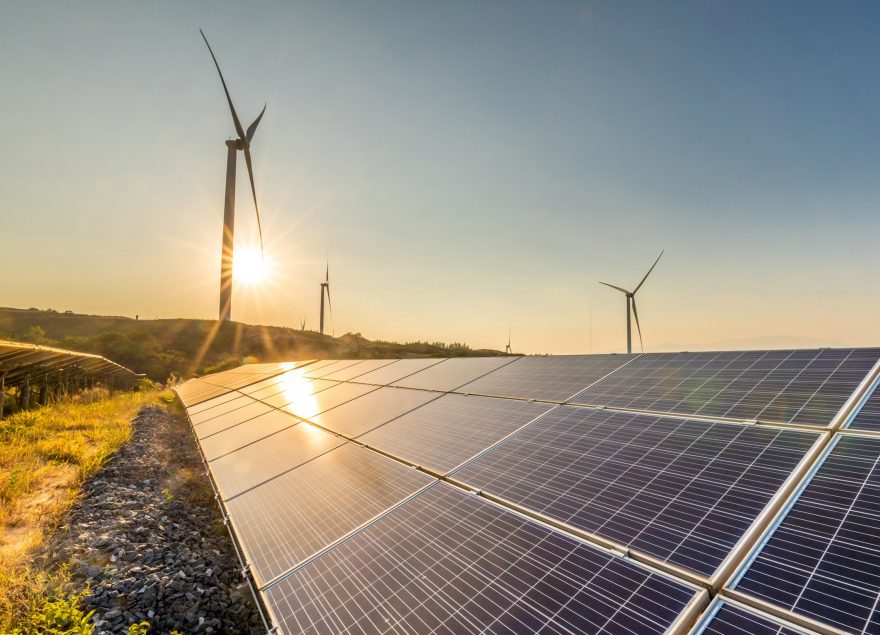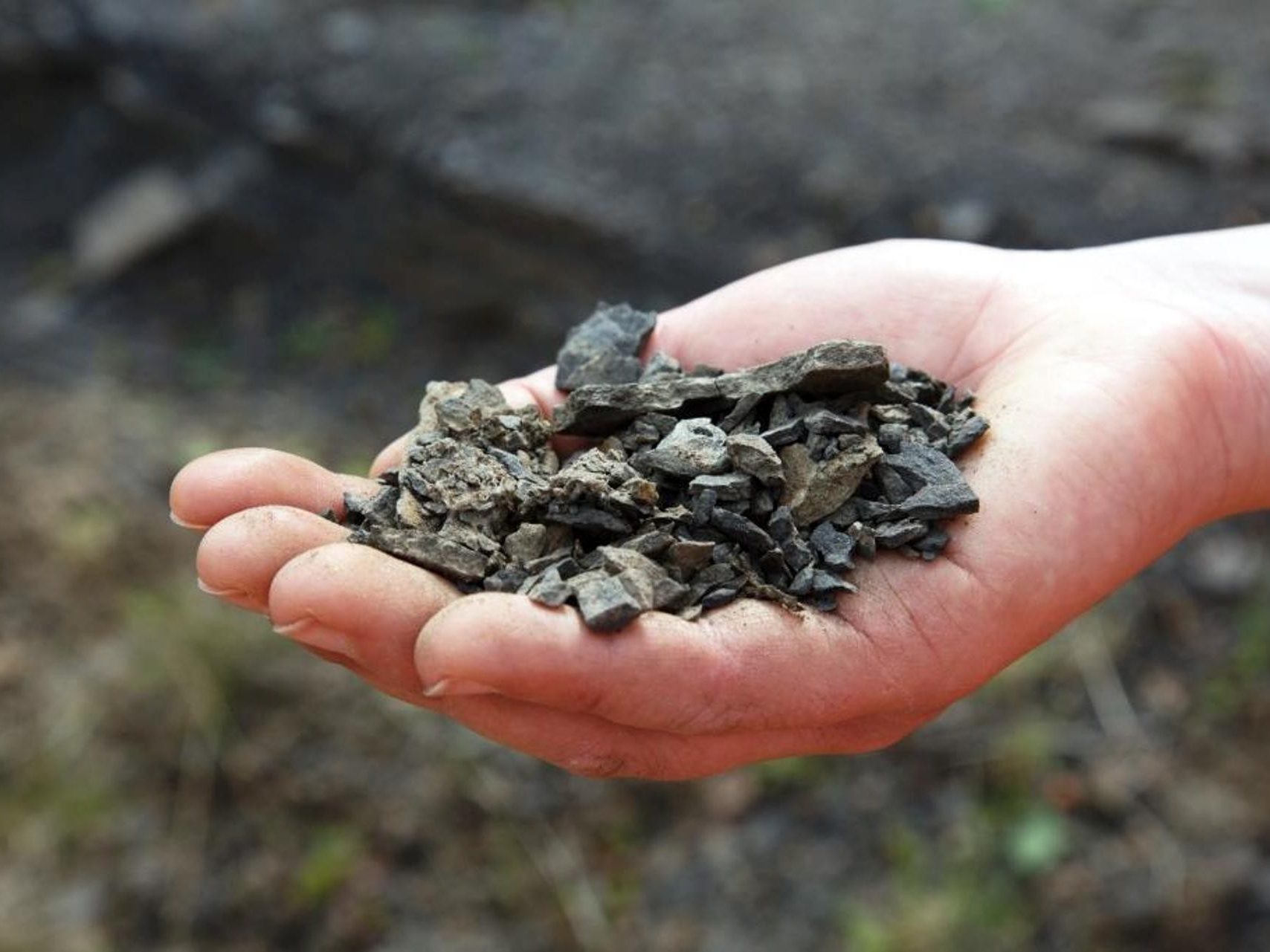During the first few months of the COVID-19 lockdown where movement was heavily restricted, housing purchases across the country stalled, with individuals unable to attend viewings and estate agents closed. However, with new initiatives launched by the UK government, such as the Green Homes Grant and the stamp duty holiday, and buyers being able to view prospective homes again due to changes in restrictions since May 2020, the market is recovering well to reach pre-lockdown levels of activity as it responds to the pent-up demand for new housing. At Wienerberger, we feel that housebuilders and social housing providers must be aware that customer needs may have changed following the pandemic.
Although it’s difficult to remember now, the period prior to lockdown was fruitful for the housing sector. According to the Ministry of Housing, Communities and Local Government, 2019 was a landmark year for the industry, with more new homes built than at any point in the previous 11 years. While this is positive news, the industry is still short of hitting the 300,000 new-build housing target. However, moving into the first part of 2020, demand did continue to rise, with a record-number of private housing planning approvals submitted just before the lockdown was announced. What’s more, the market continues to be supported by strong demand for rentals, which according to Rightmove continues to rise year-on-year, with a 22% increase reported in 2020.
These figures cannot be ignored and highlight to those within the housing sector that aggregate demand for housing is likely to still be high. However, in the wake of the pandemic, it’s possible that people will want different things from housing purchases. In turn, this may mean that the sector needs to start prioritising building healthier homes and neighbourhoods. Already, it’s clear that individual preference around housing is changing as a result of the pandemic. In fact, the estate agent, Savills reported that four in ten house buyers are now considering purchasing a countryside home as a direct result of the Coronavirus outbreak.




